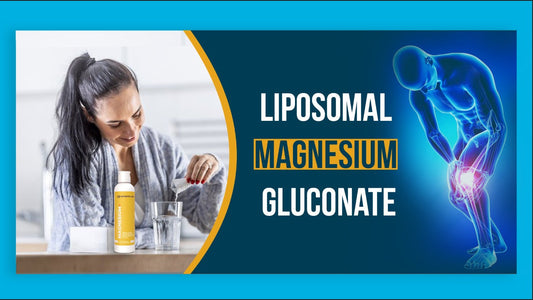

Latest Research: mTOR Pathway: How to Activate Muscle Gains
Table of Contents
Latest Research: mTOR Pathway: How to Activate Muscle Gains
By Robbie Durand
There has been a ton of new research involving the latest science on post workout nutrition, so here is one of the most recent studies to keep you up on the ever changing world of mass protein research.
Combination of Leucine and Essential Amino Acids Work Best
For muscle growth to take place, protein synthesis must exceed protein breakdown. Amino acids appear to alter muscle turnover primarily by stimulating protein synthesis in contrast to reducing protein breakdown. Insulin has the most potent effects on reducing muscle tissue breakdown. The BCAAs have highly available for muscle uptake. Previous research has indicated a beneficial effect of essential amino acid consumption with the anabolic effects mainly coming from BCAAs and leucine.
Leucine is believed to be an essential element of the increases in protein synthesis. mTOR stands for mammalian target of rapamycin, and it is the pathway through which muscle protein synthesis is activated. mTOR is a powerful muscle growth activator and is a driving force behind muscular hypertrophy. Studies in which drugs have been used to block mTOR has resulted in blunted muscle hypertrophy responses. Researchers wanted to examine if leucine alone was enough to activate the mTOR pathway and if essential amino acids were necessary compared to leucine alone.
Nine resistance-trained males performed a resistance training workout on 4 different occasions. The workout comprised of 5 sets of 6 leg press repetitions at 90% of 1RM, followed by 5 sets of 10 leg press repetitions at 75% of 1RM, with 5 minutes of rest between each set. At each occasion, they were randomly supplied with:
- EAAs with leucine,
- EAAs without leucine,
- leucine alone, or;
- flavored water placebo (control).
| Much to the researchers’ surprise, leucine alone resulted in a substantially less pronounced signaling response of mTOR, compared to when leucine was provided in combination with the other EAAs. This finding suggested that the remaining essential amino acids were indeed important in mediating a stimulatory effect on mTOR signaling. The researchers concluded that leucine seems to possess a unique ability to stimulate the mTOR signaling pathway (and possibly also muscle protein synthesis) in human muscle, although a combination of all EAAs is superior to leucine alone. |
The researchers hypothesized other essential amino acids, including the BCAA valine, were capable of stimulating protein synthesis suggested that these amino acids could have separate or synergistic effects when combined with leucine.
Therefore, it may be best to consume a whey protein shake with added leucine, or a BCAA powder with leucine as opposed to taking leucine by itself, post-workout. Based on this research, the combination of BCAA and leucine was more effective on stimulating the muscle growth promoter mTOR than leucine alone.
Apró W, Moberg M, Hamilton DL, Ekblom B, Rooyackers O, Holmberg HC, Blomstrand E. Leucine does not affect mechanistic target of rapamycin complex 1 assembly but is required for maximal ribosomal protein s6 kinase 1 activity in human skeletal muscle following resistance exercise. FASEB J. 2015 Oct;29(10):4358-73.
Smith, K., Reynolds, N., Downie, S., Patel, A., and Rennie, M. J. (1998) Effects of flooding amino acids on incorporation of labeled amino acids into human muscle protein. Am J Physiol 275, E73-78.
Rennie, M. J., Smith, K., and Watt, P. W. (1994) Measurement of human tissue protein synthesis: an optimal approach. Am J Physiol 266, E298-307

















